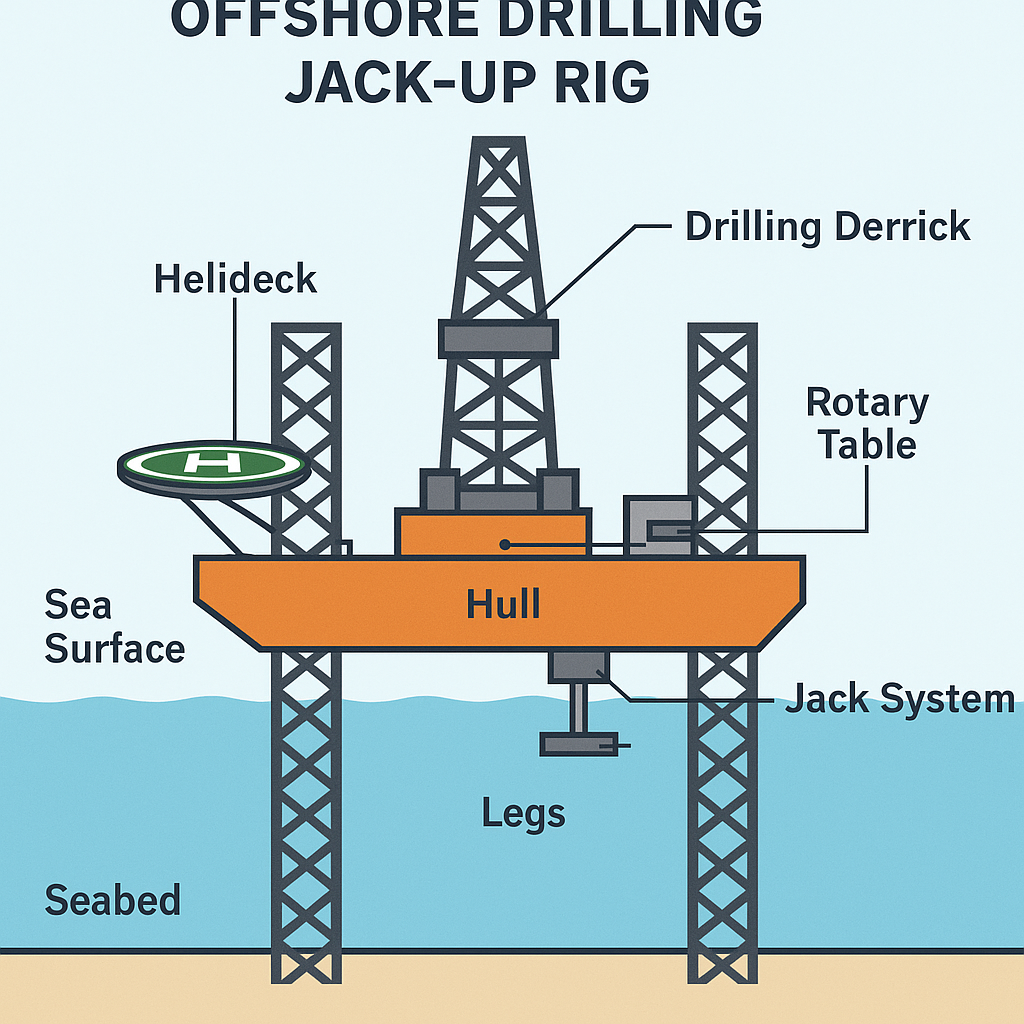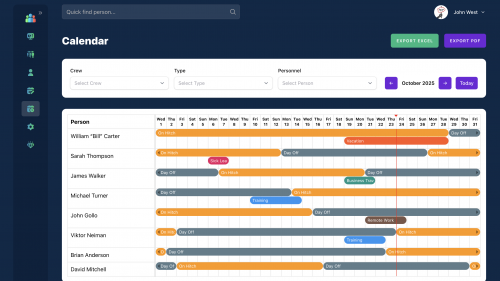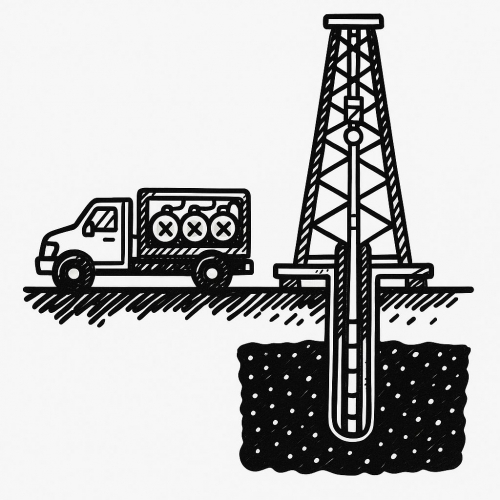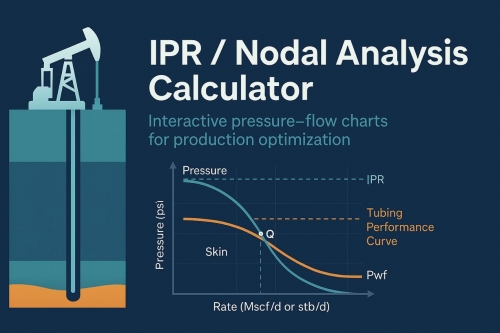Offshore drilling plays a critical role in the global energy industry, providing access to vast underwater oil and gas reserves. One of the most widely used platforms in shallow water environments is the Jack-Up Rig — a mobile, self-elevating drilling unit designed for exploration and production activities.

What Is a Jack-Up Rig?
A Jack-Up Rig is a type of mobile offshore drilling unit (MODU) that features a floating hull and extendable legs. These legs are "jacked down" to the seafloor to lift the platform above the waterline, creating a stable working environment unaffected by waves or tides.
Key Components
-
Hull – The floating platform that houses the drilling equipment, crew quarters, power generation, and storage.
-
Legs – Typically three (tri-legged) or four steel lattice legs, which are lowered to the seabed to stabilize the rig.
-
Jack System – A hydraulic or electric mechanism used to raise the hull above sea level.
-
Drilling Derrick & Rotary Table – The structure used for conducting drilling operations.
-
Helideck – A helicopter landing pad for transporting personnel.
How It Works
-
The rig is towed or transported on a heavy-lift vessel to the drilling location.
-
Once positioned, the legs are lowered until they firmly rest on the seabed.
-
The jack system lifts the hull above the sea surface, typically 50–100 feet above water level.
-
Drilling operations commence using the onboard equipment.
-
When the job is completed, the process is reversed, and the rig is relocated.
Typical Water Depths & Applications
-
Operational Depth: Up to 400 feet (120 meters)
-
Best for: Shallow-water exploration, development drilling, and workover operations
-
Common Regions: Gulf of Mexico, North Sea, West Africa, Southeast Asia, Middle East
Advantages of Jack-Up Rigs
-
High Stability: Legs anchored to the seafloor provide resistance to wave motion.
-
Cost-Effective: More affordable than floating rigs like semi-submersibles or drillships.
-
Quick Mobilization: Fast setup and relocation for short to medium-duration projects.
Challenges and Limitations
-
Restricted Water Depth: Not suitable for deepwater or ultra-deepwater drilling.
-
Seabed Conditions: Unstable or soft seafloor can compromise leg stability.
-
Weather Sensitivity: Storms and high winds can delay operations during jacking or transit phases.
Jack-Up Rigs are a vital asset in offshore drilling, especially in shallow water regions where their stability, mobility, and cost-efficiency provide a strong operational advantage. As offshore technology continues to evolve, jack-up rigs remain a proven and reliable platform in the search for offshore energy resources.

%20(1).png)



